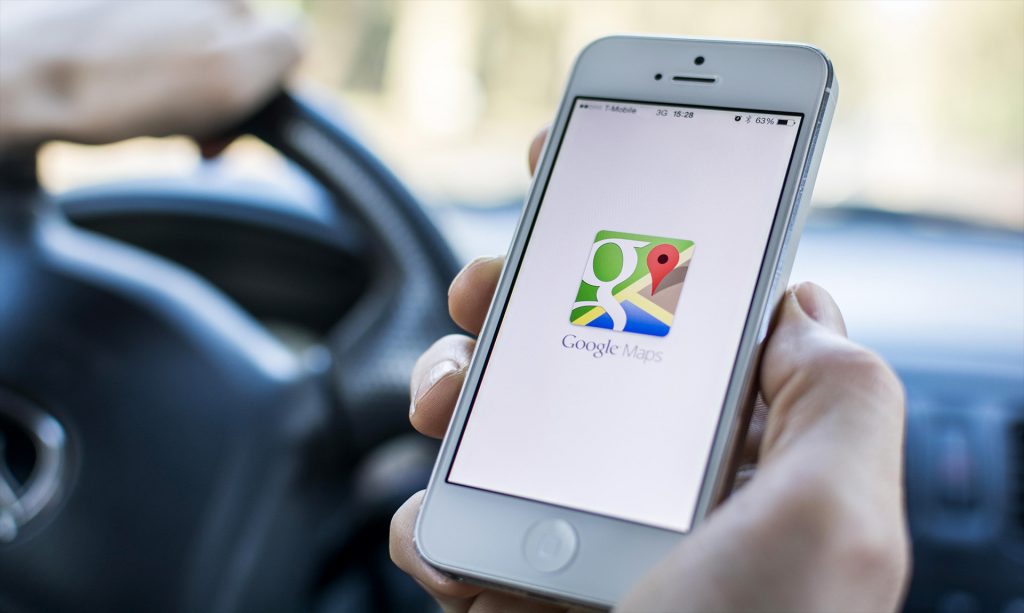With so many elements all pulling together to create the perfect website, it can be all too easy to get lost in the small details and forget the basics.
Sticking to the basics and creating a great design is crucial to help a website be a success and become an invaluable tool in your marketing plan.
From simple navigation and ensuring that you project has an obvious CTA (call to action) to other critical elements, I have compiled my list of the top 10 elements your website must include, helping maximise its chances of success.
1. Navigation – keep it simple
Simple to use and easily accessible navigation is essential if you want to ensure that visitors to your website find the information they want quickly. Don’t allow them to get confused along the way. A clear and easy to follow menu structure will help users engage with your business and help them understand the services and products you have to offer.
Establish a ranking of pages so that the most of important information is highlighted. Your key services should be highlighted in a prime position in the header section of your site. Less important pages of your site are ideally placed in the footer or in a subside or additional page menu. For eCommerce stores, your best selling products or products you want to promote more of should be included in category menus.
2. Colours – choosing the perfect branding scheme
The majority of businesses need continuity and therefore basing the colour scheme of your website on any existing branding is without hesitation the way to go. Before starting the web design process, think about whether your branding truly represents your business. If you’ve had the same logo for 30 years, would now be a good time to refresh and improve your companies branding to bring it up to date?
Based on your logo, your marketing material, your uniform, if you already have an identity, your new website should be an extension of this. Again, keep it simple, it’s very easy to fall into the common trap of inflicting too many colours in a design.
Your pages should be easy on the eye and not harsh to look at so find a palette that compliments chosen colours well.
3. Images – use images to stand out
As the old saying goes, ‘a picture can tell a thousand words’ so get your message across by using professional striking images.
Stock photography can be good for some content but try and use your own photos if possible as this will add a more personalised feel to your site design.
Keep the written content on your website to a minimum and use attractive images wherever possible to paint a picture illustrating your products and services. Stunning visuals on your web page can play a central role in helping to draw visitors to engage with you.
4. Call To Action – make it clear!
What do you want your customer to do on your website? Do you want them to buy your products? Fill out your form? Email or call you? Sign up for your newsletter? Each and every page on your site should offer an easy to pursue gateway to an action. To ensure that any visitor knows exactly what they need to do, make sure that all on-site CTAs (call to actions) are noticeable and highly visible on the page. Make it as easy as possible for your users to make a quick call to or drop you a quick email.
5. Important Information – who and what?
Not everyone who visits your website will know exactly what you do straight away. They may visit your website looking for one thing but you may offer a service or product which is even more perfect! Your homepage should ideally feature all of your main services but not be too overloaded with paragraphs of text. Here, graphics and photos can play a pivotal role in helping users navigate through your site.
For a general overview ensure that you offer a snippet of company information at the bottom of each page (ideally in the footer of your website) which gives a small breakdown of what you do, who you are, and where you do it.
6. Business Contacts – easy to access information
Your NAP (Name, Address and Phone Number) should be clearly visible on every page. This will ensure that visitors do not have to go hunting for the contact details should they want to get in touch with you. On mobile devices perhaps think about having a ‘quick-call’ option that remains visible, even if the user scrolls down the page.
People have little time nowadays and even less patience. If the required details aren’t readily available, they’re not going to go looking for them!
7. Social Media – add links to channels
Social Media is a great way of opening up lines of communication with your customers. Utilise this method of free and easy online advertising and ensure that links to all of the main channels are linked to your website.
Your social presence can determine how a customer perceives your business so make sure you post regularly and respond to messages quickly! A lot of businesses don’t have the time to post on a regular basis and struggle to create interesting content.
Think about outsourcing this to a marketing company that can save you the hassle and do it for you. The main social channels to target are:
Facebook.
Twitter.
Google +.
Instagram.
LinkedIn.
8. Mobile – responsive design
The balance has officially tipped with more people now conducting their online searches via mobile devices (phones & tablets) than on desktops and laptops. Therefore it is essential that your website displays in a user-friendly method on all devices.
Depending on your business, the development of a dedicated application could also help to enhance the usability of your website.
9. Loading Speed – how fast is your site
How quickly do you go back and move onto another site if the site you want to browse doesn’t load right away? If you’re the same as me, it won’t take long!
If you feel that way, you can expect your visitors to the feel the exact same. You should ensure that your website is optimised to load quickly and choose a good host for offering a fast platform.
10. Experience – make it a good one!
An impressive, well-functioning website doesn’t just look good, it actually works. Broken links will damage the user experience not to mention the reputation of your site with search engines. Poorly worded content text can damage the impression of your business to customers. Too many steps to make a purchase could cause users to shop and buy elsewhere.
Creating a website which delivers the ideal experience for any visitor will not only help to increase the chances of them turning into a paying customer, it also increases the chances of them recommending your business to family and friends.
Conclusion
There are many different elements of web design which pull together to help create the perfect website. I believe that by following the list of 10 elements outlined above, you will be well on the way. However, it’s much easier, time-saving and cost-effective to leave it to a professional.
Design & Online Promotions has a wealth of web and marketing experience and can help ensure that your website ticks all of the right boxes. Get in touch today by calling 0800 689 0253 or send us a message.















